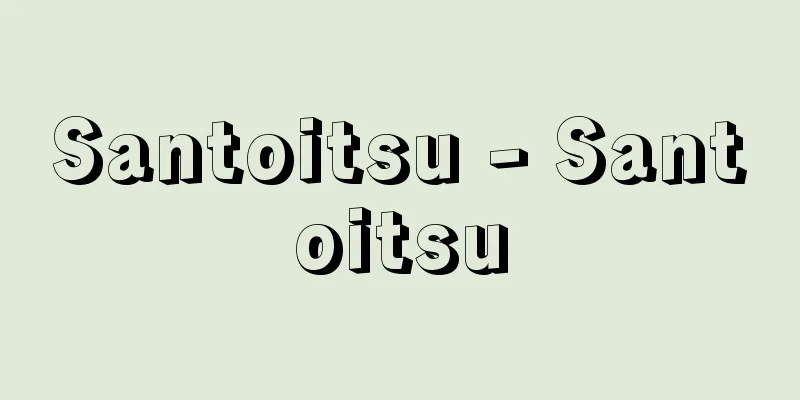Guidi, A.

|
…It is said that the origin of canzone is in the Provencal poetry canso, but this is not certain. The classical canzone form survived until the 20th century, but the free canzone form, in which the length and internal structure of each stanza varies, was invented by the 17th century poet A. Guidi (1650-1712), and later Leopardi also used a similar poetic form. [Nagakami Satoru] *Some of the terminology that mentions "Guidi, A." is listed below. Source | Heibonsha World Encyclopedia 2nd Edition | Information |
|
…カンツォーネの起源はプロバンス語詩のカンソcansoにあるとも言われるが定かではない。古典的なカンツォーネ形式は20世紀に至るまで命脈を保ったが,一方,長さや内部構造が各詩節ごとに異なる〈自由カンツォーネ形式canzone libera〉が17世紀の詩人A.グイーディ(1650‐1712)によって創案され,後のレオパルディも同様の詩型を用いている。【長神 悟】 ※「グイーディ,A.」について言及している用語解説の一部を掲載しています。 出典|株式会社平凡社世界大百科事典 第2版について | 情報 |
Recommend
The method of investing money - Chikusenjoi
This law was issued in October 711 (4th year of W...
Kyogen
A classical Japanese performing art. A comedy tha...
《Digital Cut》
…The Catalogue of Ancient Paintings also proposes...
Conference - Kaiten
A comprehensive administrative code from the Ming ...
Gad, U. (English spelling) GadU
… In 1906, Nordisk, one of the world's first ...
IMRO - Imuro
A secret Macedonian revolutionary organization fo...
Sagittarius (English spelling)
Abbreviation Sgr. A zodiacal constellation. The cu...
Sutra Enlightenment - Kyogaku
1395-1473 A monk from the Muromachi period. Born ...
Panama rubber tree (English)
…It is also called the Mexican rubber tree or the...
Pseudomonas aeruginosa - Ryokunoukin
A bacterium of the genus Pseudomonas in the famil...
Oligonucleotides
…They fold to form unique three-dimensional struc...
Crimes related to opium smoking
…[Yanai Hiroyuki] [Yanagi Tomoji] [Legal regulati...
Ceriman
...This genus has more than 25 species in tropica...
Rice threshing - Inekoki
From the harvested rice ears Rice Massage The act ...
Wilson effect
...They have also discovered that sunspots appear...









